World War I—or the “Great War,” as it was called—was truly a world war. An estimated 65 million soldiers representing more than 30 countries from six continents took part.

Over the course of four years, from 1914 to 1918, battles were fought in Europe, Asia, and Africa, as well as on the high seas. Here’s an overview of what happened.
SIMMERING TENSIONS
In the early 1900s, Europe seemed to be sitting on a powder keg. Tensions from decades-old conflicts simmered just below the surface. Top among them was French resentment from being forced to give up territory and pay large sums in compensation to Germany after losing the Franco–Prussian War in 1871. Feelings of nationalism ran high and were particularly strong against Austria–Hungary, which had attempted to seize control of land in the unstable Balkans in southeastern Europe. Imperialism also created friction. The Russian Empire eyed southeastern Europe, to which it had cultural ties and where the once-powerful Ottoman Empire was in decline. The empires of Great Britain and Germany, meanwhile, each wanted their interests to dominate Europe. Distrusting one another, countries formed webs of alliances that promised support or protection if one of them was attacked. Anything might upset the delicate balance that existed.
WAR BREAKS OUT
On June 28, 1914, a 19-year-old Serbian nationalist, Gavrilo Princip, assassinated Archduke Franz Ferdinand and his wife, Sophie, Duchess of Hohenberg, while they were visiting Sarajevo. The archduke was the heir to the Austro–Hungarian throne, and Austria–Hungary demanded immediate action and severe punishment of the people responsible for his murder. When Serbia’s government failed to respond satisfactorily, Austria–Hungary declared war on Serbia on July 28.
هذه القصة مأخوذة من طبعة May/June 2017 من Cobblestone American History Magazine for Kids.
ابدأ النسخة التجريبية المجانية من Magzter GOLD لمدة 7 أيام للوصول إلى آلاف القصص المتميزة المنسقة وأكثر من 9,000 مجلة وصحيفة.
بالفعل مشترك ? تسجيل الدخول
هذه القصة مأخوذة من طبعة May/June 2017 من Cobblestone American History Magazine for Kids.
ابدأ النسخة التجريبية المجانية من Magzter GOLD لمدة 7 أيام للوصول إلى آلاف القصص المتميزة المنسقة وأكثر من 9,000 مجلة وصحيفة.
بالفعل مشترك? تسجيل الدخول
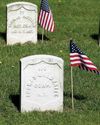
Putting the Pieces Together
Americans needed to begin to put the past behind them, come together, and plan for the future in the spring of 1865. But Abraham Lincoln, the man best equipped to lead them and who had hoped to restore the country as smoothly and peacefully as possible, had been assassinated.
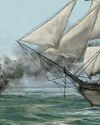
LAST SHOTS
The last Confederate forces in the Civil War didn’t surrender in the spring of 1865 or on a battlefield.
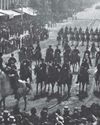
AND IN OTHER 1865 NEWS
A group of African Americans stop at the White House’s annual public reception on January 1, where they shake hands with President Abraham Lincoln.
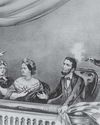
A Plot to Kill President the
For several months, actor John Wilkes Booth’s band of conspirators had plotted to capture President Abraham Lincoln and hold him hostage in exchange for Confederate prisoners.
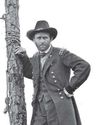
Let the Thing Be Pressed
In June 1864, Union Lieutenant General Ulysses S. Grant began a nearly 10-month campaign in Virginia.
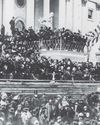
HEALING THE NATION
President Abraham Lincoln took the oath of office for the second time on March 4, 1865.

A Helping Hand
The spring season is hard in any agricultural society. Plants and animals are too small to eat.
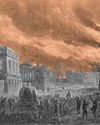
WAR SHERMAN-STYLE
As far as Union Major General William T. Sherman was concerned, the Civil War had gone on long enough.
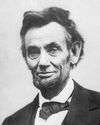
PEACE TALKS
The fall of Fort Fisher made clear that the Confederacy’s days were numbered. Southerners were tired and hungry.
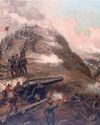
FORT FISHER'S FALL
Outnumbered Confederate soldiers inside Fort Fisher were unable to withstand the approach of Union troops by land and the constant Union naval bombardment from the sea.